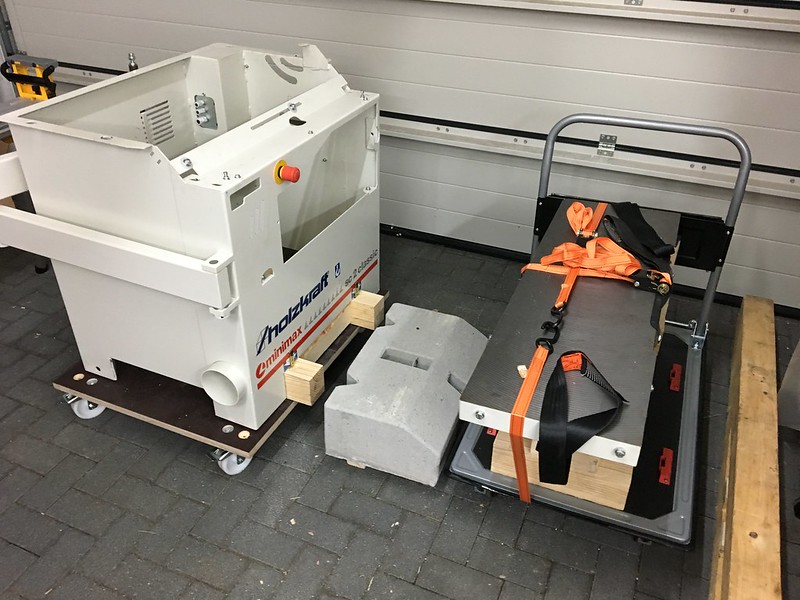I've owned or used a couple of the old B&D Industrial tools - the all grey ones - they were very well made and durable. It proved that they COULD make a good tool somewhere in the world

Elu's MOF 96 / 96E, MOF 177E and the predecessors all started out made in Switzerland. Later production shifted to Italy, roughly coinciding with the change in accent colours (switches) from Orange to Blue. I've seen one such router with blue coloured switch and Made in Switzerland on the nameplate, but mostly Blue accents = made in Italy and two tone grey with orange switches = Swiss made.
After the sale to SBD, Elu tools continued to be made in Italy initially in grey / blue livery before migrating to DeWalt + Yellow.
Quality definitely declined over the years. The armatures of my Swiss made / type 2 Elu's are better made with finer laminations and more precise balancing than the DeWalt versions that are still available as spares.
I've never used the Festool routers. I think I'd like them, at least the standard layout 2 hand models, because of the dust extraction.
The problems are :
1. Price - much more than a good used Elu which last for decades with changes of brushes and bearings when those wear out
2. For handheld use, I don't like the ergonomics of the side handle Festool OF1010
3. Given these were the pre tracksaw / alloy extrusion days Elu had a very good range of fences and accessories. It would cost to replace those.
4. Application. I find 1/4 inch routers used handheld to be the most useful tool. I don't rout kitchen worktops. I do own a 177E and it is superbly smooth but it's a heavy lump. It's very easy to understand why these were popular hanging under router tables HOWEVER if I wanted a router for a table and was buying new, I'd absolutely buy an AUK type motor and a lift to fit it like MikeK and others. Technically that's a far better solution, though a spindle moulder is better still if you have space for it.
































